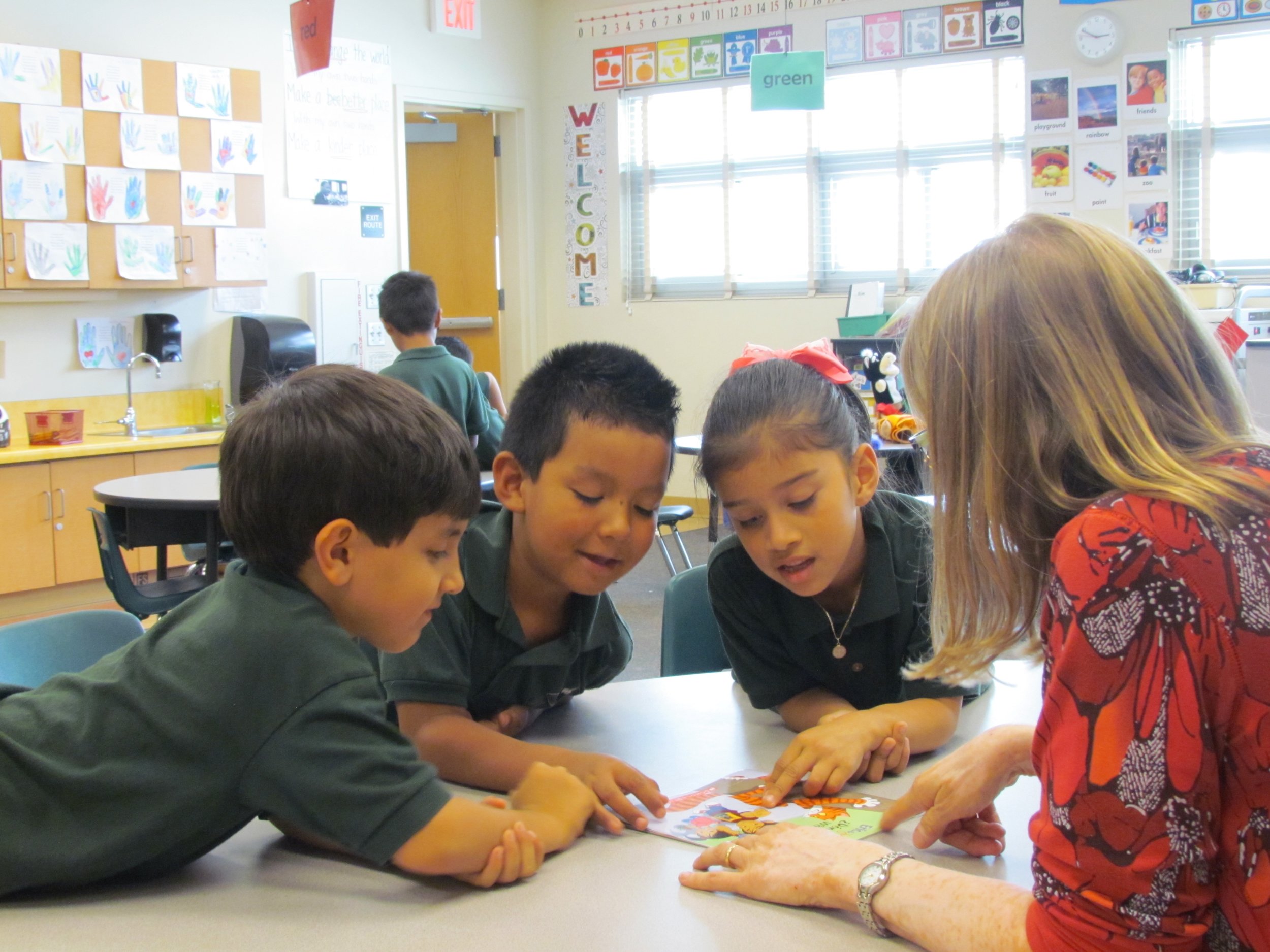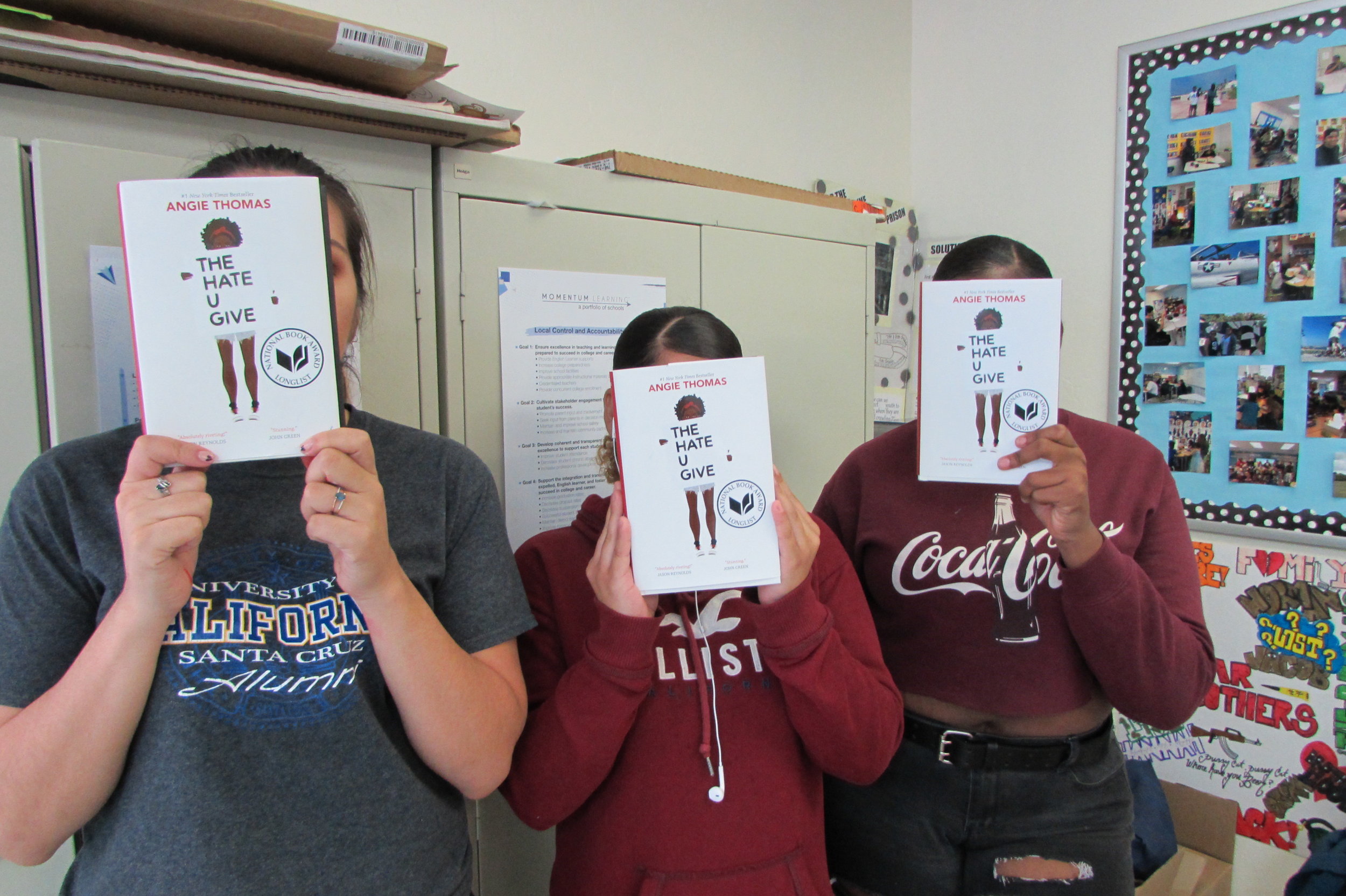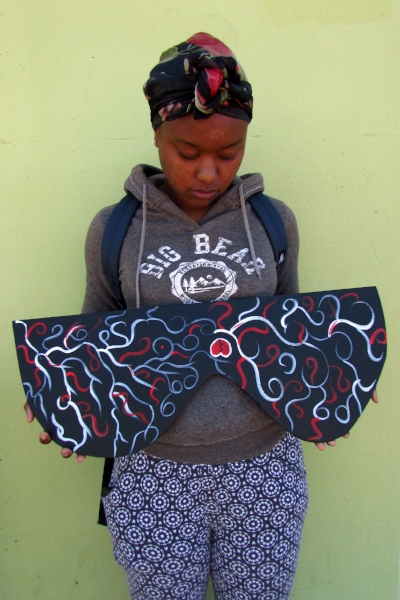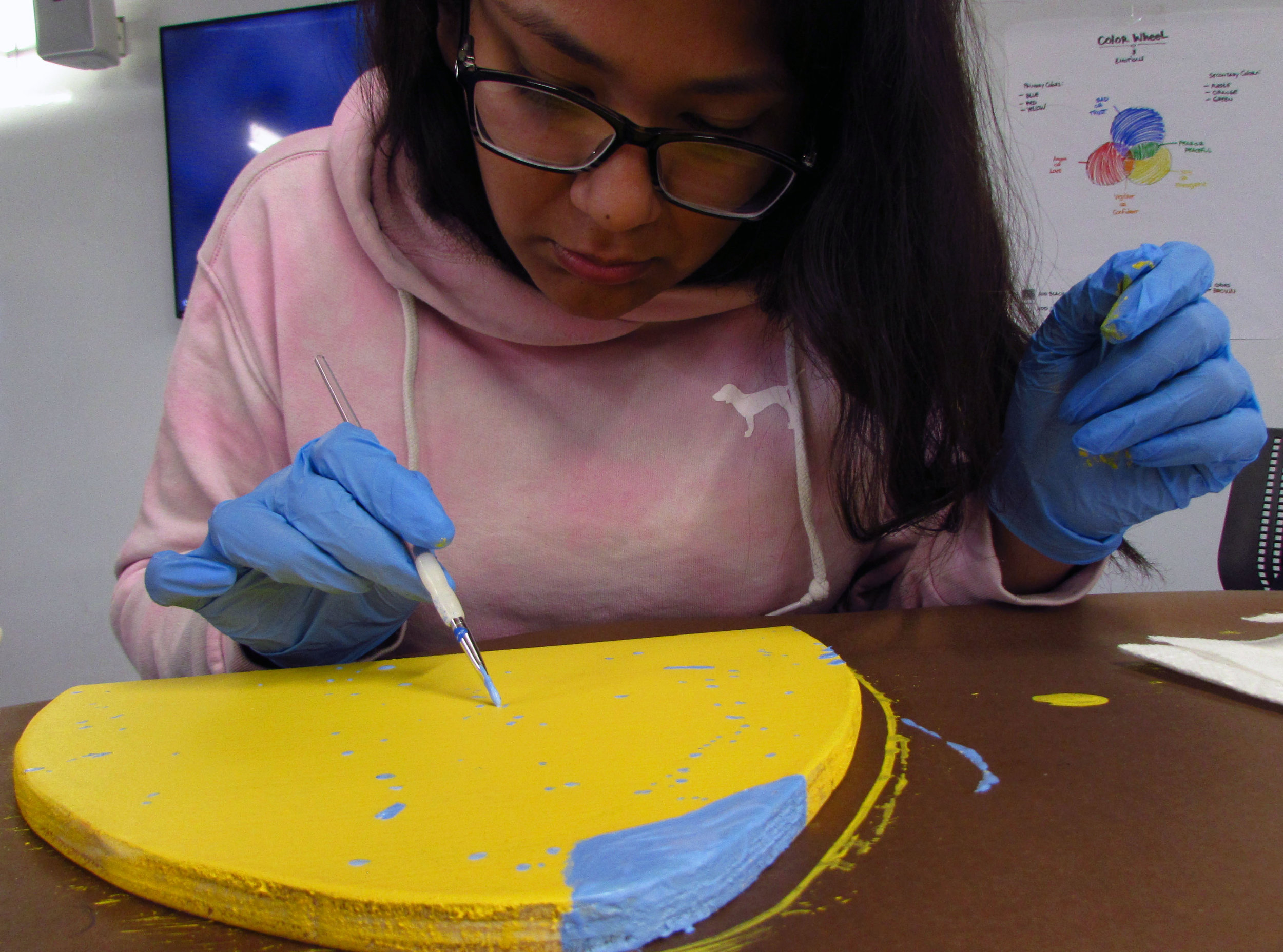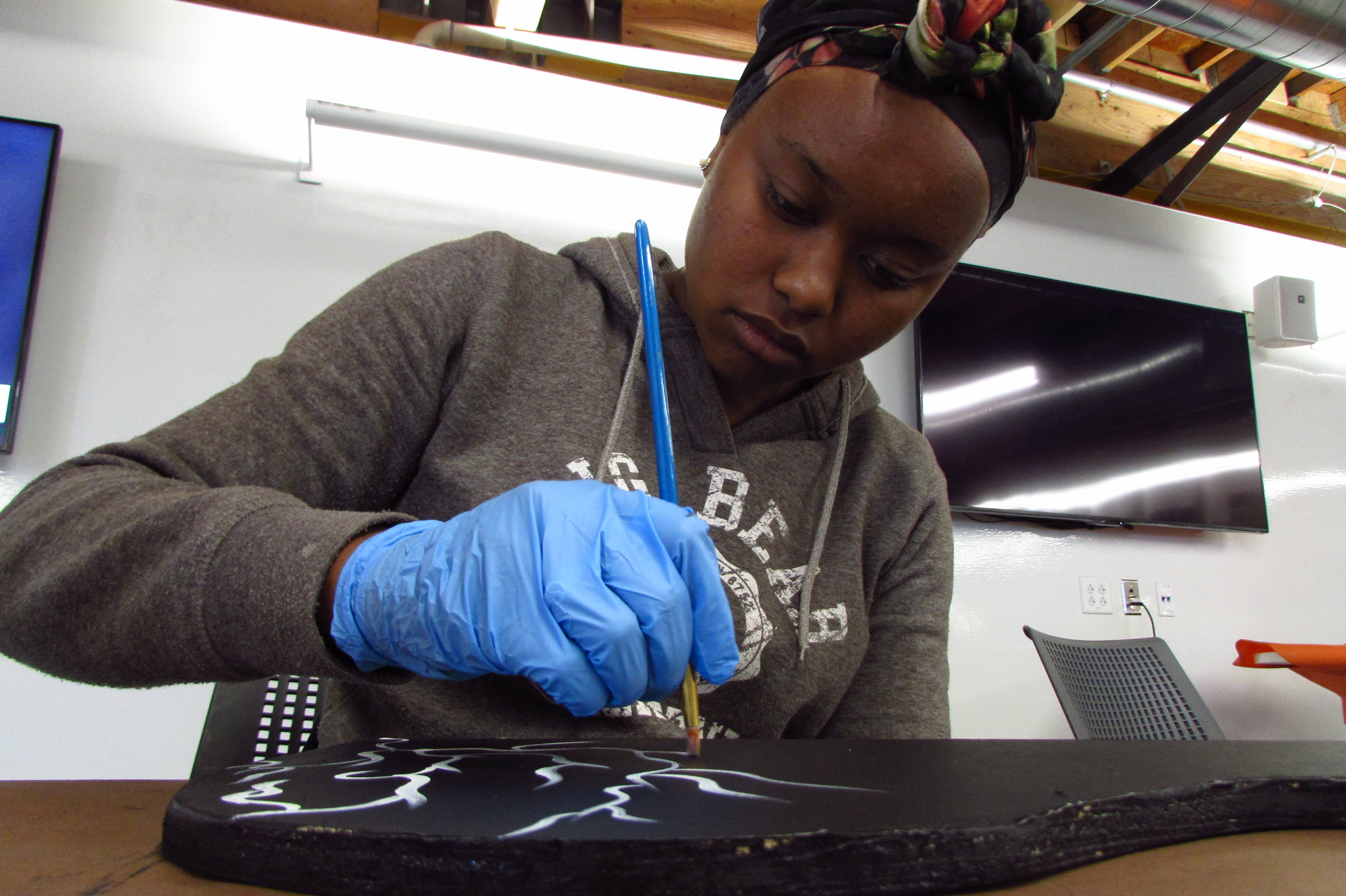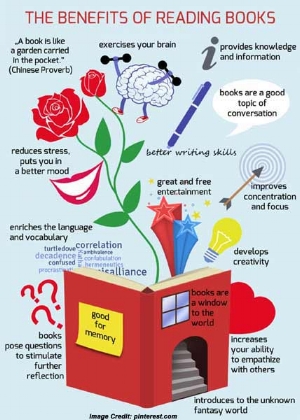By Jennifer Van Pelt
Our Words Alive Westreich Scholars attended a comprehensive and hands-on financial literacy workshop at Junior Achievement’s Finance Park, learning skills necessary for college and career success!
As students near the end of high school, there is pressure to make decisions about colleges, scholarships, and careers. There is an added level of pressure and confusion surrounding the transition from high school to college when you are a first-generation college student, as is the case for many incoming college students. Discussions amongst teachers and counselors can surround the topic around who is “college ready” or “career ready”, which can be an ambiguous term for students and parents. What does it mean to be college or career ready? What can you do to help ensure that you or your children are properly preparing for the next steps after high school?
What Does it Mean to be College Ready?
According to an article published on Educause Review, there are five tangible areas that a student should be comfortable with before proceeding into higher education. Touching on just a few of these areas, study skills is mentioned as the first area of importance. This means teaching students an effective study method that will help them succeed in college level courses. By discovering the method that works for a student’s learning type, knowledge of the subject, and difficulty of the course, a student is better set up for success.
Another area mentioned is information literacy, meaning that a student needs to be able to differentiate what information is important and then how to properly verify that the information they were given is accurate. Not only is this needed for college papers, but it’s also important for the life of any young adult in the 21st century as we are bombarded with information from all forms of social media, news outlets, television, and millions of Google results.
What Does it Mean to be Career Ready?
Achieve.org dives into what the goal of being college and career ready after high school really means. In their article, being “career ready” is ensuring that a student has the tools to not only obtain a job after graduation, but also is ready to pursue any vocational, apprenticeship, or on-the-job trainings that will enable them to succeed in their chosen career. Through the standardized testing system that the United States has established, the Common Core standards are the agreed upon “knowledge skills” that a student needs to have before pursuing college or a career after high school. However, for many vocational careers, there is no high school preparation for the demands of these jobs that are often very technical and specific. Due to the focus on an education surrounding English, Math and other “core” subjects, the emphasis remains to be competent in these areas to allow the basis for career-specific training.
Nearing the end of high school is a pivotal point for young adults, and it’s important they have the right support during this time. The Words Alive Westreich Scholarship Program helps students from the Juvenile Court & Community School system achieve their higher education goals. The scholarship awards money to help with living expenses as well as a mentor to help guide them through the new academic landscape while also building relationship skills and learning more about the professional world.
For more information about Words Alive, please click here.
Sources:
https://er.educause.edu/blogs/2017/2/what-does-college-ready-mean





